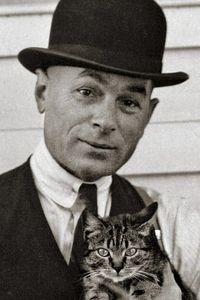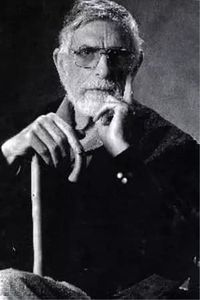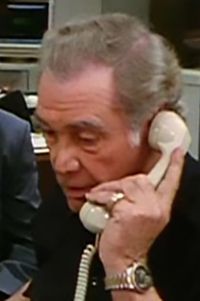George Joseph Herriman III was an American cartoonist renowned for creating the iconic comic strip Krazy Kat, which ran from 1913 to 1944. Despite not being widely popular during his lifetime, Krazy Kat garnered significant acclaim from the artistic community, with critic Gilbert Seldes' article "The Krazy Kat Who Walks by Himself" being a notable example of a high-art critic recognizing the strip's value.
Herriman's work had a profound influence on numerous cartoonists, including Elzie C. Segar, Will Eisner, Charles M. Schulz, Robert Crumb, Art Spiegelman, Bill Watterson, and Chris Ware, who have all cited him as a primary inspiration.
Born in New Orleans to mixed-race Creole parents, Herriman grew up in Los Angeles and began his career in the newspaper industry as an illustrator and engraver after graduating from high school in 1897. He transitioned to cartooning and comic strips, drawing a variety of strips before introducing his most famous character, Krazy Kat, in his strip The Dingbat Family in 1910.
Krazy Kat's daily strip began in 1913, and the Sunday strip debuted in 1916. The strip was characterized by its poetic, dialect-heavy dialogue; fantastical, shifting backgrounds; and bold, experimental page layouts. The main motif of the strip revolved around Ignatz Mouse's persistent attempts to pelt Krazy Kat with bricks, which the latter interpreted as symbols of love.
As the strip progressed, a love triangle developed between Krazy, Ignatz, and Offisa Pupp, with Pupp's efforts to prevent Ignatz from throwing bricks at Krazy being perpetually thwarted by Krazy's desire to be struck by Ignatz's bricks.
Herriman spent most of his life in Los Angeles but frequently visited the Navajo deserts in the Southwestern United States, where he drew inspiration from the landscapes of Monument Valley and the Enchanted Mesa. He incorporated Navajo and Mexican themes and motifs into his artwork, often featuring Coconino County as the setting for his Krazy Kat strips.
A prolific cartoonist, Herriman produced a large number of strips and also illustrated Don Marquis's books of poetry about Archy and Mehitabel, an alley cat and a cockroach. Newspaper magnate William Randolph Hearst was a strong supporter of Herriman and gave him a lifetime contract with King Features Syndicate, ensuring a comfortable living and an outlet for his work despite its lack of widespread popularity.
Herriman's legacy continues to be celebrated, with The Comics Journal ranking Krazy Kat as the greatest comic of the 20th century.












